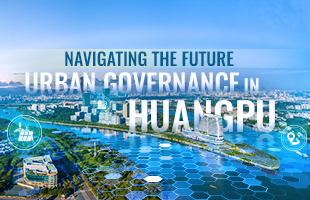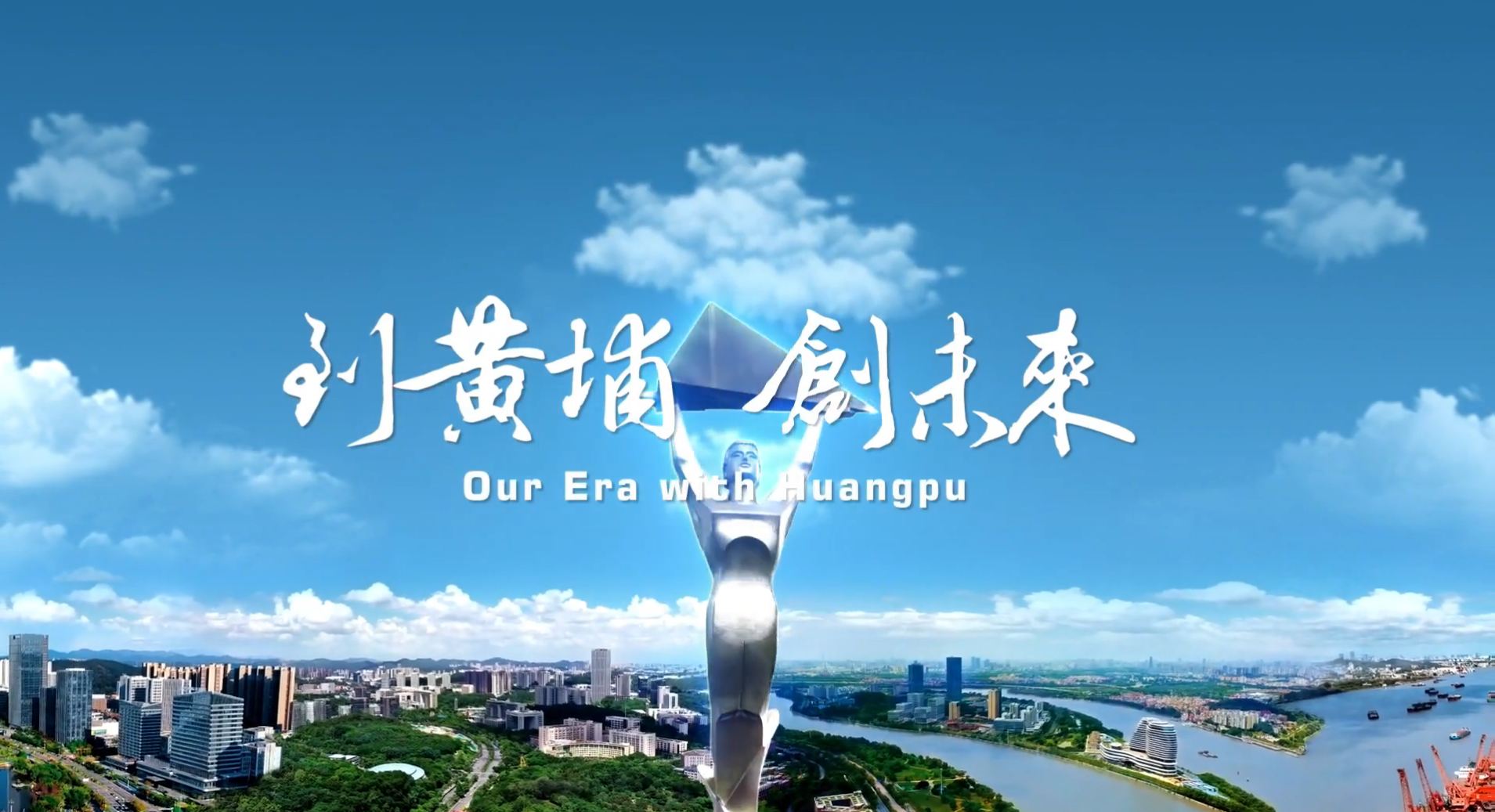Explore different remediation models in 5 pilot areas in Huangpu
Updated : 2024-05-29Huangpu district is exploring different rectification models in the five major pilot areas.
The Longhu Area, represented by Jingxia village, is adopting the industrial-city integration model, which involves the development of 1,800 mu (120 hectares) of technology fields, a zero-carbon countryside, and an industrial fertile ground for science and innovation clustering.
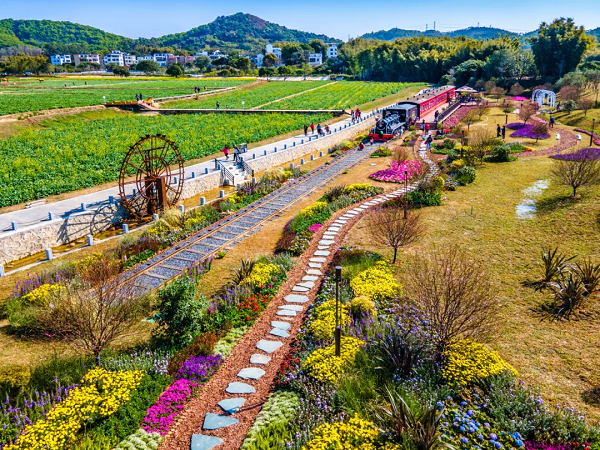
Jingxia village. [Photo/WeChat account: gzhpfb]
In the Jiufu Area, the agricultural-cultural-tourism integration model is being practiced to create a beautiful countryside complex suitable for leisure and recreation by restoring ancient villages and establishing a new rural demonstration zone.
The Xinlong Area is focusing on the industrial-village integration model, emphasizing the concentrated development and utilization of reserved land in Datan and Maicun villages to ensure the steady progress of nine major renovation projects.
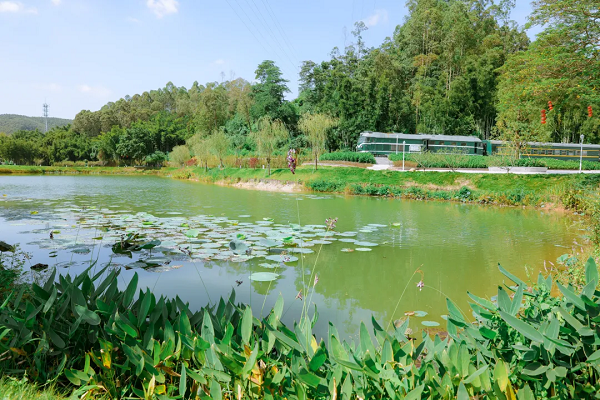
Maicun village. [Photo/WeChat account: gzhpfb]
In the Changling Area, the ecological development model is being implemented, with a focus on revitalizing collective farmland to create two 1,000 mu industrial parks and integrating national-level mountain hiking trail construction to explore the conversion of ecological value.
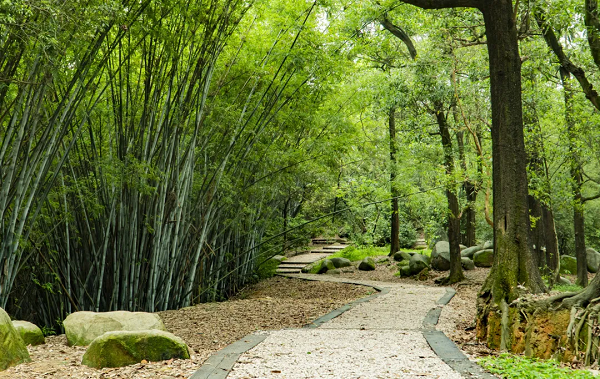
Changling National Mountaineering Fitness Trail. [Photo/WeChat account: gzhpfb]
Lastly, the Changzhou Area is adopting the modern agriculture model, introducing high-quality projects such as a National Laboratory Results Transformation Center and a National Biopharmaceutical Industrial Park to promote the development of modern agriculture.
These initiatives in the pilot areas are not only explorations in urban-rural development, industrial layout, and ecological protection but also active attempts in terms of financial and institutional safeguards.
- Investment and Entrepreneurship
- Investment Advantages
- Investment Guide
- Policies
- Key Projects
- Major Industries
- Industrial Parks
- Investment Opportunities
- Technological Innovation
- IPR
- Enterprises
- Talents
All rights reserved. Presented by China Daily
粤ICP备16087157号-1








